Online Campus
During the Covid-19 pandemic, everyone stayed at home, including the students and staff of Vrije Universiteit (VU) Amsterdam. Before the crisis, little attention was paid to the value of the campus. During the crisis, it became clear that the campus has value. Not so much because of the tiles and buildings, but because there were spontaneous meetings and social activity. The VU already anticipated that a change of interacting and communicating was necessary due to the change in online behavior and use of cloud based services.
The VU asked us to conceive a solution. A solution which ensures that students and staff members meet each other better and more often, because that is essential for education and research. The VU also expected that working from home and learning from home would stay and increase after the pandemic. Therefore, the question was also to bring the campus to the students and staff since they would no longer come to the (physical) campus for everything.
The aim of the campus is not to replicate or replace the current real life campus. The aim is to offer the functions that the campus offers online as well. Functions such as meeting, relaxing, reflecting, conversing, and more. But also adding experience to the online websites and services of the VU.

A concept for the online campus was developed based on design sprints, extensive involvement of the target groups, user research and experimentation. This has been developed as a functional conversation platform. Wherever a student or staff member is, both online and offline, they can chat, collaborate, learn and research with the people involved. It is thus a continuously present, virtual environment for students and employees of the VU.
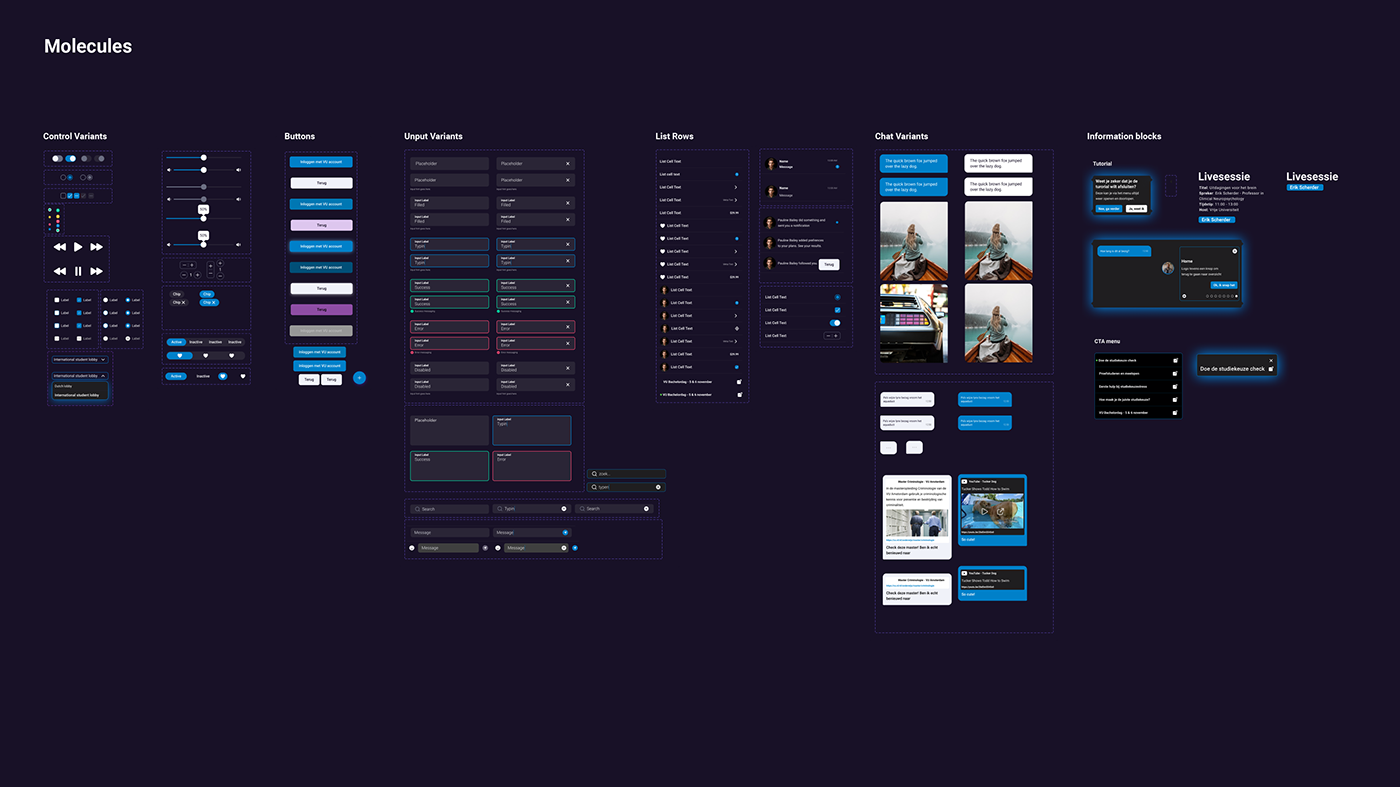

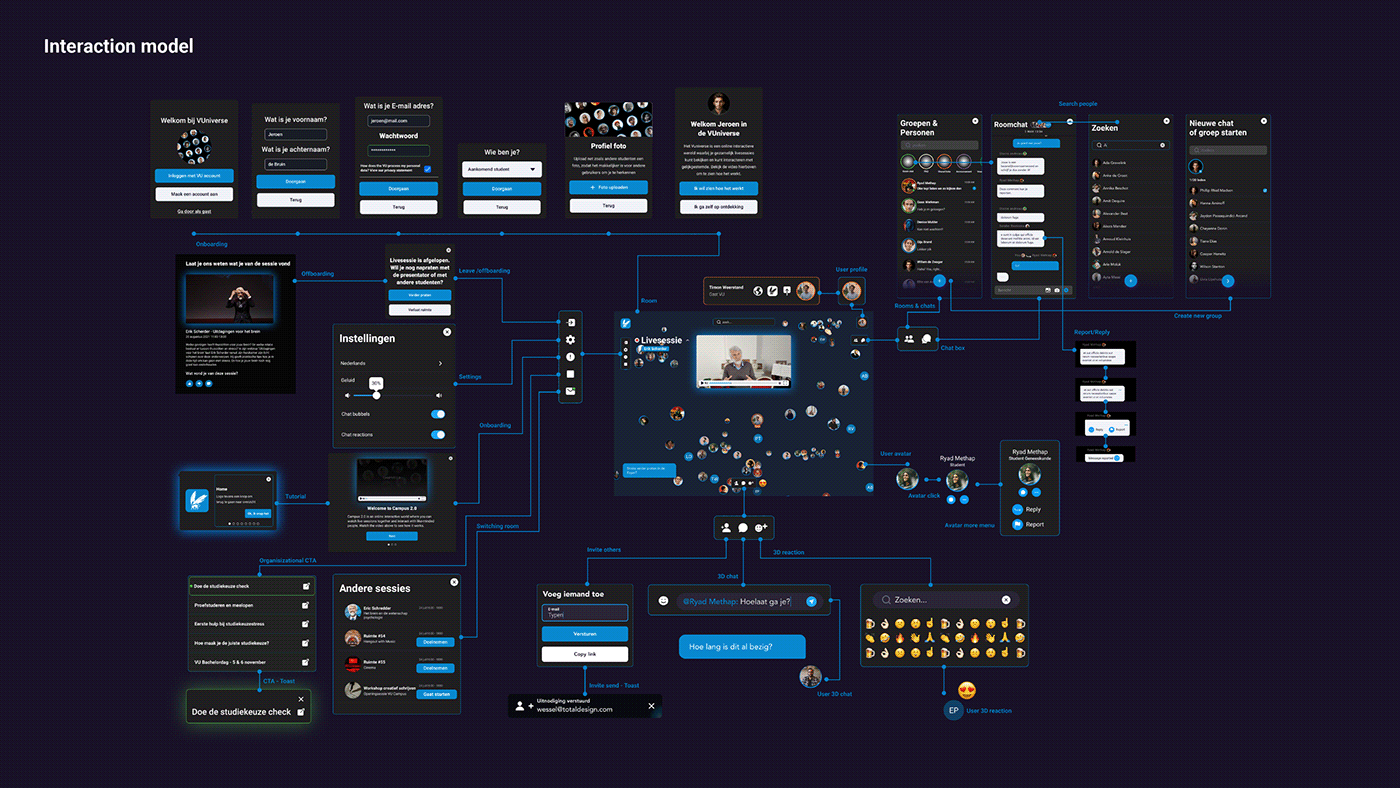
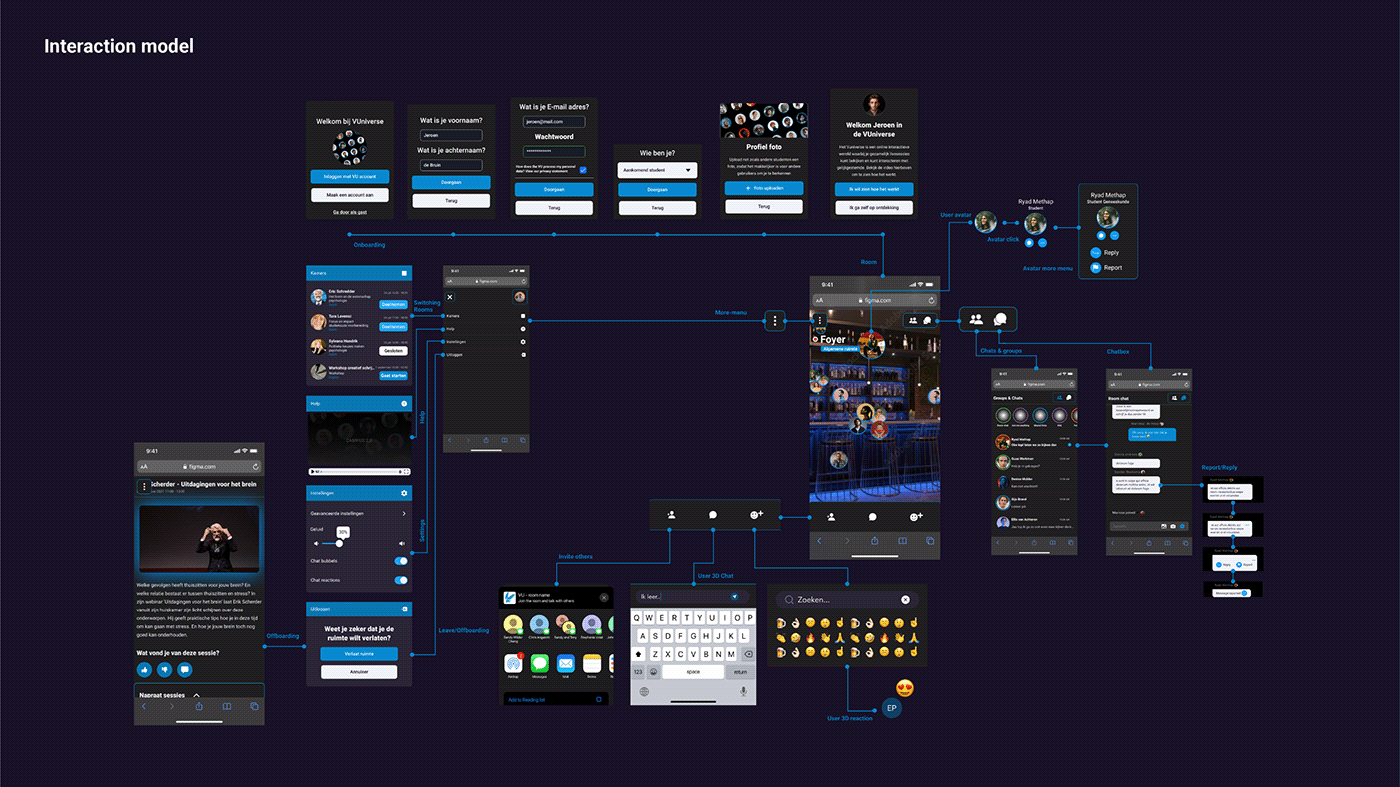

This concept was conceived before Metaverse was launched, but it is very similar. You have the idea of a “virtual self” in an online environment where you can have social interactions and different functions. However, the online campus is aimed at facilitating a specific purpose with a specific target group: learning and research for the student and researcher.
Also, no use is made of virtual reality or augmented reality; the environment is completely web-based, both mobile and desktop. This means that it can be used by anyone at any time, even without fancy equipment. This was also the reason for the success of the first launch: more than 2,700 users, mainly potential students, visited the online campus during the virtual open day. They were able to attend presentations by study programme in over 70 rooms and had their questions answered. Result: An average rating of 8.3 and more than 25% of the international students rated the platform with a 10!
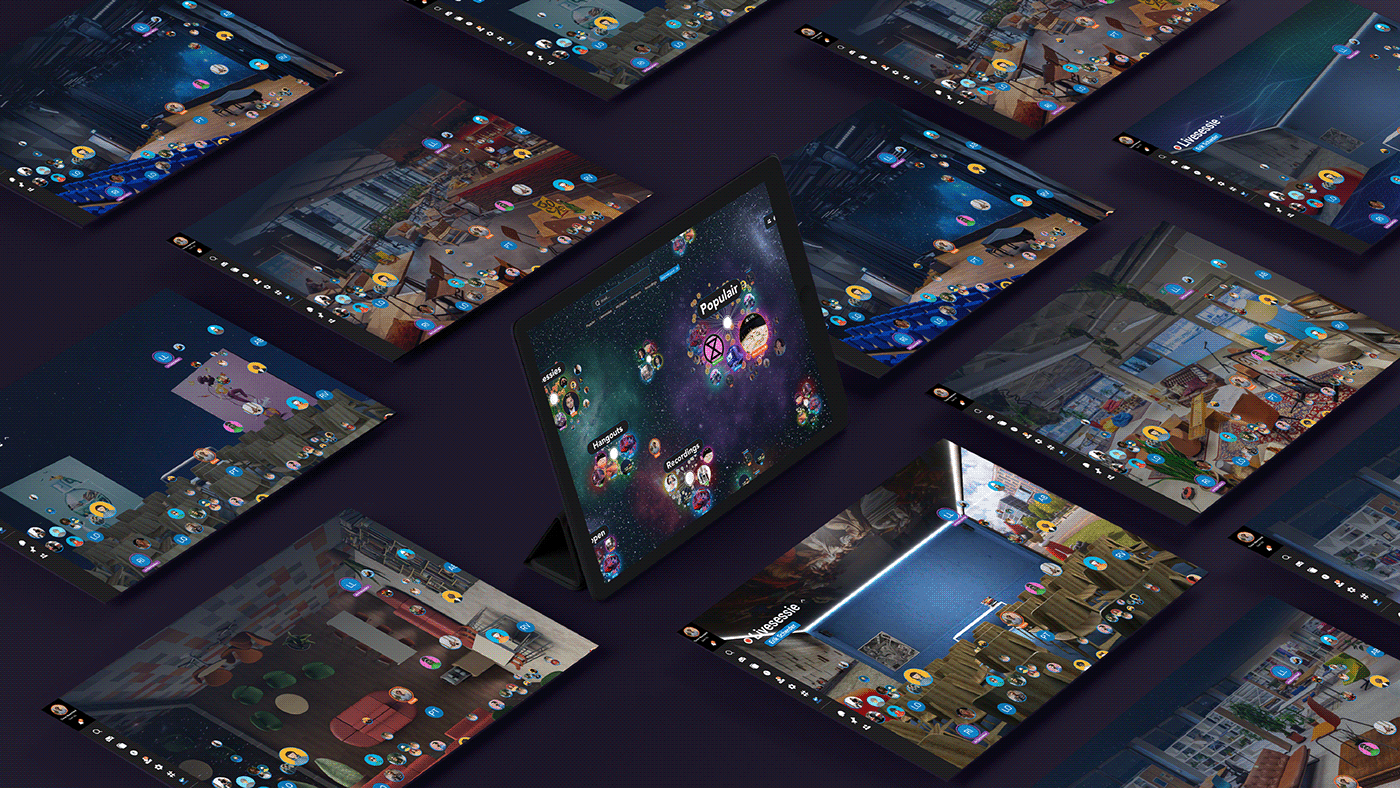
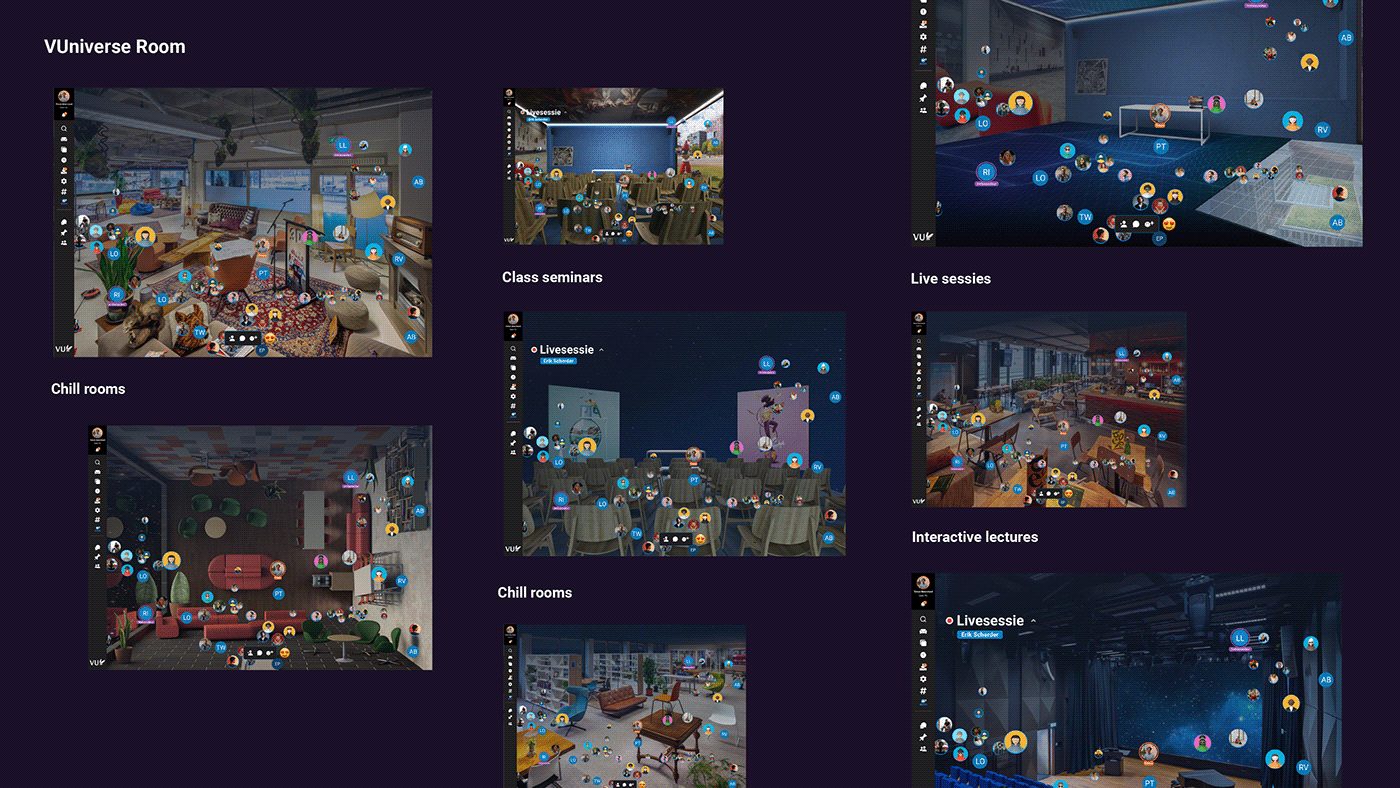




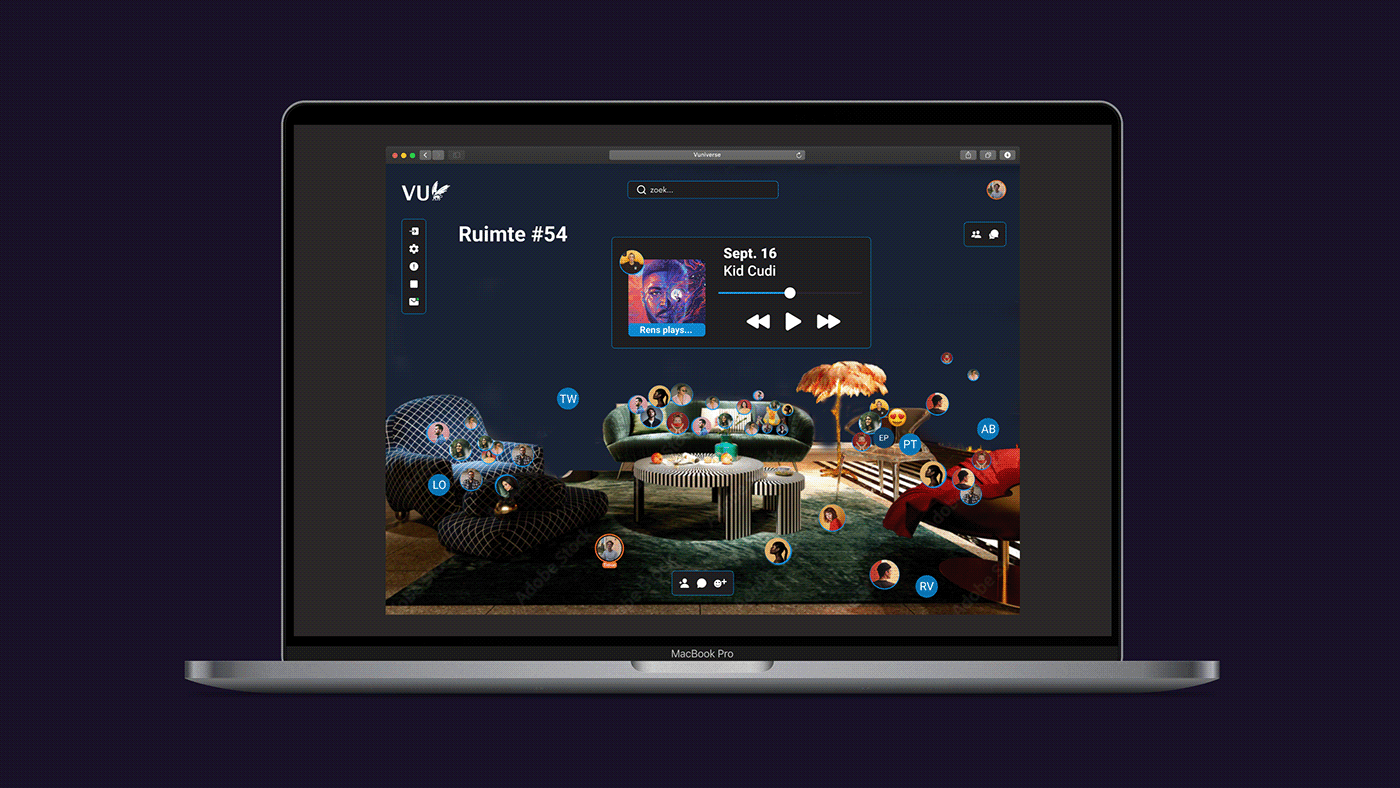
“We asked for an immersive experience for students.
Now, 9 months later, we have a digital universe that is both a portal and an enrichment of social interaction in the VU community. We expect that the way of communicating transforms entirely”
Now, 9 months later, we have a digital universe that is both a portal and an enrichment of social interaction in the VU community. We expect that the way of communicating transforms entirely”
Shia Liem – senior communication advisor marketing
VU Vrije Universiteit Amsterdam
VU Vrije Universiteit Amsterdam

Facts
Client: Vrije Universiteit Amsterdam (VUA)
Project: Concept Design, UX-Design & Platform Development
Agency: Total Design
Credits
Strategy Director: Martijn Arts
Client Director: Ilse Rombout
Designer: Rachid Igharghar, Timon Weerstand
Technical lead: Andre Abelmann, Rikard Nilsen
Developers: Bas Peeters
VUA: Shia Liem, Jasper Rudolphus, Nicole Risseeuw, Sander de Koning, Michel Tol
Awards
International Design Awards (IDA), Silver, Multimedia / Interface Design
International Design Awards (IDA), Silver, Multimedia-Mobile / Web Application Design
Thanks for watching

